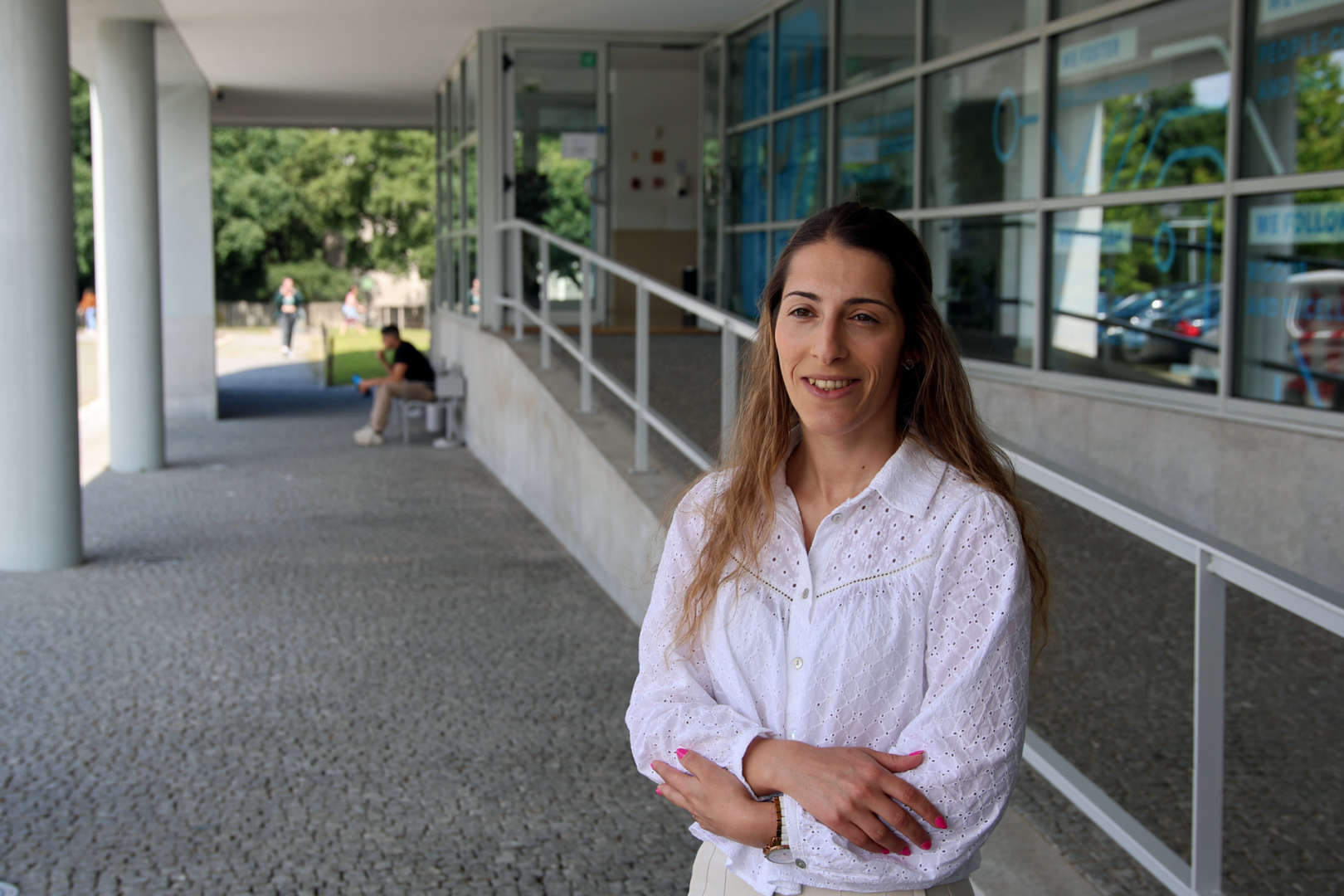About
Tânia Fernandes Melo completed her Integrated Master's degree in Bioengineering at the Faculty of Engineering of the University of Porto in 2016. From 2017 to 2020, she worked as a Research Fellow at the Biomedical Imaging Laboratory of the Institute for Systems and Computer Engineering, Technology and Science (INESC TEC). In 2024, she completed the Doctoral Program in Electrical and Computer Engineering at the Faculty of Engineering of the University of Porto, and recently, she got a position as Assistant Researcher at INESC TEC. Her research work has been mostly dedicated to the development of image analysis and processing methodologies aiming at extracting essential information from medical images in order to support the diagnosis process.


